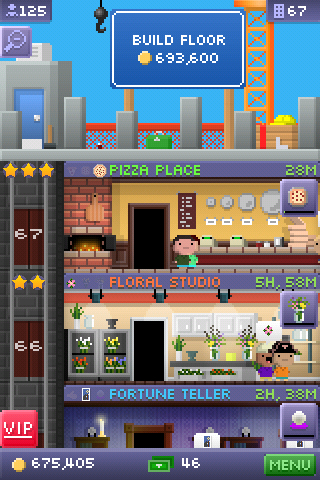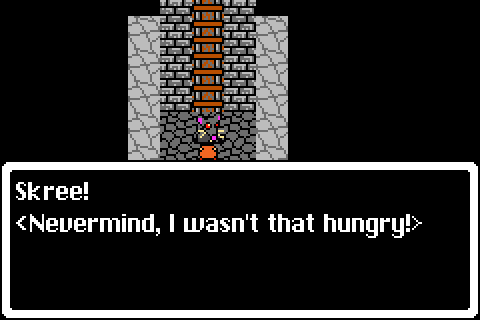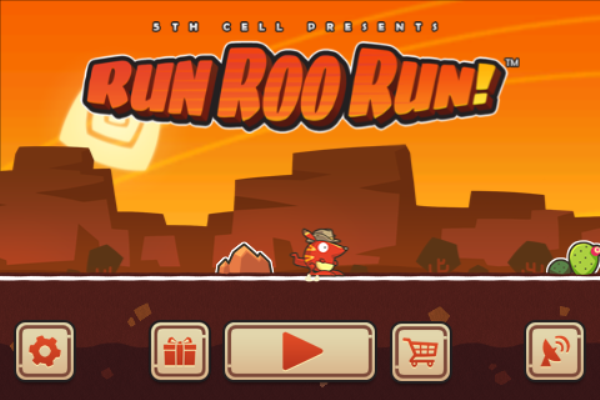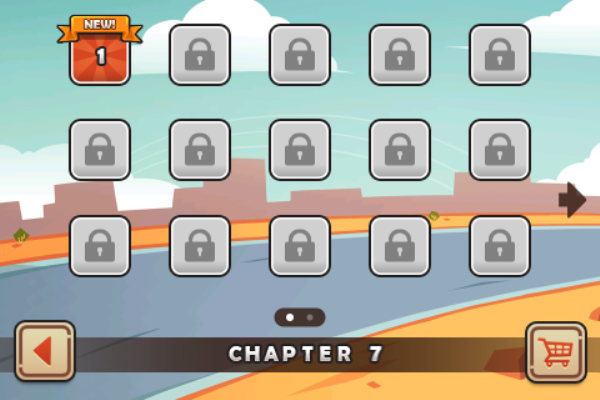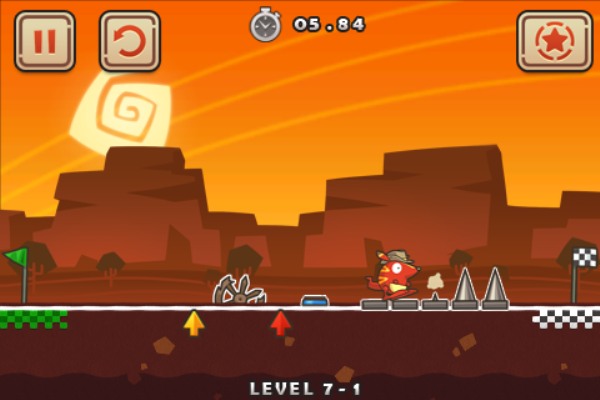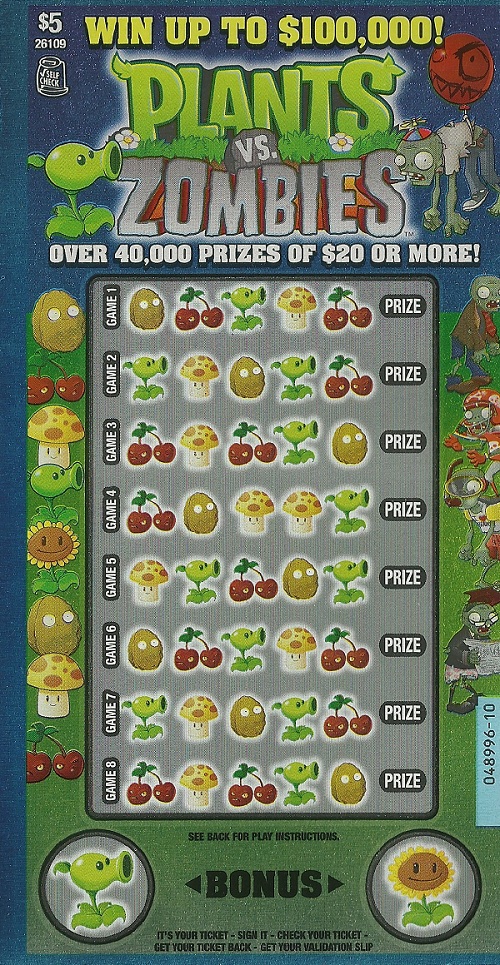It hasn’t been a thing lately, but if you’ve combed through much of my site’s backlog, one of the most prominent themes is me being a huge MegaMan fanboy. In recent years, the love has waned a bit, mostly due to Capcom not really doing anything interesting with the franchise. MegaMan 9 and MegaMan 10 were fantastic throwbacks to the golden age of gaming, but that’s really about it. The MegaMan Star Force were just gussied-up versions of the dried-up Battle Network series, and the cancellation of MegaMan Legends 3 was a huge blow to the small but loyal contingent of fans of that particular series. MegaMan Universe just never interested me.
So I guess really the best thing that Capcom could do was port one of the best MegaMan games to iOS. MegaMan X was a landmark game that hewed closely to the tried-and-true MegaMan formula, but pushed it to the limit, making the game faster and more exciting. All these years later, it’s still one of my favourite games ever, and by far my most-played SNES title. Why wouldn’t I want to play it on my phone?
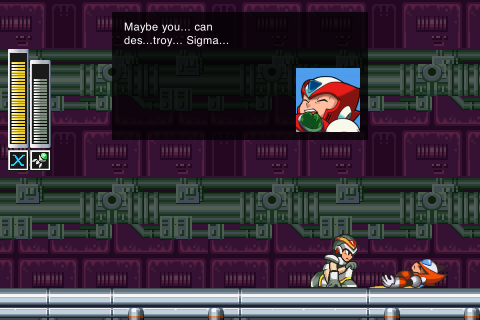
Oh, right, because Capcom released a near-perfect remake of it on PSP some years back. MegaMan: Maverick Hunter X was the reason I bought a PSP, and it’s easily the definitive version of the game. MegaMan X’s iOS port is mostly faithful to the SNES original, but you’ll notice that the graphics have been all smoothed out to help make it look a little more contemporary. They certainly look nice, and the sleeker presentation is in no way a knock against the game, but to me, X looks a little weird when not presented in chunky SNES pixels.
A handful of the other major changes are definitely for the worse. The most blatant one being that you’re playing a SNES game with a touch screen. We all know how much I hated Secret of Mana‘s iOS port for that. And Tony Hawk’s Pro Skater 2. My opinion is the same as it was when I wrote those posts: touch screen controls are not a good idea for games designed for buttons. MegaMan X makes a little concession to that end by giving you an easy mode, but if you don’t know every pixel of this game like I do, the rough controls will probably cause you more than a few pains.
One of the really cool things about MegaMan X -and it’s something that didn’t even carry into the sequels- is that by defeating certain stages, you’d trigger environmental changes in other stages. The most prominent being that the lava in Flame Mammoth’s stage turns to stone if you’ve beaten Chill Penguin. Most of the other effects are less obvious and less functional. But that doesn’t matter, because they don’t happen here. Flame Mammoth’s stage? Lava’s always burnin’. Spark Mandrill’s stage? The airship never crashes. So on and so forth.
The one upside here is that since the heart tank in Flame Mammoth’s level used to be on the lava and only accessible after freezing the place (by defeating Chill Penguin), it’s now placed on the floor directly above where it used to sit. It takes absolutely no effort to gain it now, but it does cut back on the amount of backtracking you need to do to 100% the game (you need the Fire Wave to get the heart tank in Chill Penguin’s level, meaning you’d have to replay one of the stages).
Another concession to level design was made to the iOS version of the game. Sort of. Before, stages were single, smooth scrolling maps. Not they’ve been chopped into bits, with stark transitions between screens. The transitions don’t really bring down the value of the game, but they’re a little jarring to me since I’ve probably spent more time in these levels than in my own backyard.
Lastly, while this version of MegaMan X sports some slightly updated graphics, the music is ripped directly from the SNES version. This is awesome, because MegaMan X has a terrific soundtrack. The remixes found in the PSP remake are also available. The catch is that you have to buy them. With real money, like. It’s not really a big deal because the original tracks are better, but I couldn’t help dropping the two bucks to have the remixes available. You can buy all the weapons, armor parts and heart/sub tanks too, if you’re retarded and can’t find them for yourself. That’s kind of a waste of money though.
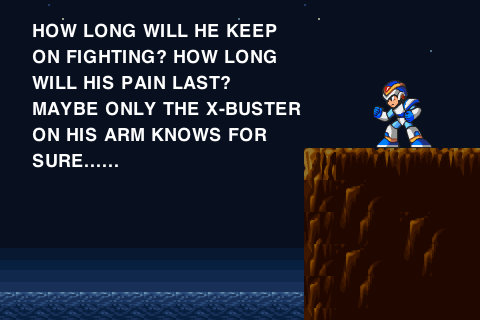
It does get better though! One of the things that really stuck out to me was that most of the dialogue has been rewritten, and it’s not too bad! I didn’t play Maverick Hunter X enough to know if it’s the same dialogue as from that version, but it’s sure different from the SNES original. Some of the best corny lines (see the screenshot above) have been retained though, which is just gravy. The “hadoken” scene is rewritten almost entirely, and it is magnificent (see screenshot below). The odd thing is that the dialogue font is tiny and a full paragraph barely fills up half of the text box. Not really a problem, but it stands out as kind of an odd design decision.
Speaking of odd design decisions, there are no extra lives in this particular port. At first I thought I had just remembered the extra life locations incorrectly, but I know for a fact that there is one not far above where you find the helmet parts in Storm Eagle’s stage. It’s not there. Instead, you just get two lives every time you begin a stage. Not that you should really need more than two lives to beat any single stage in MegaMan X, but it’s just another weird little change.
Also included are Game Center achievements. Being an admitted achievement whore, this makes me very happy. The highway stage even has its own set of achievements (which oddly do not count in Game Canter) that unlock pieces of a puzzle as you earn them. Most of the GC cheevos are stupidly easy to get (Defeat Chill Penguin, Defeat Chill Penguin with his weakness, Defeat Storm Eagle, etc.), but a couple are genuine achievements. Beating all the robot masters without taking a hit would be pretty breezy on the SNES, but with touch controls? Super hard.
Capcom saw fit to make a handful of other additions to the game. The aforementioned easy mode is counterbalanced by an unlockable hard mode, or so I think. It’s still a grey [locked] square, and I assume it will come in an update. Hopefully not in exchange for moneys. There is a new ranking mode that contains time and score attack modes, and a survival mode (which may or may not be a boss rush) which are mostly there as an excuse to have Game Center leaderboards. The score attack and survival games are also [locked], and I’m not sure if they’re going to be in an update or if I just need to clear all the time attack stages to unlock them. I really don’t care enough to actually play time attack. The regular game is fine with me, thanks.

So what’s the final verdict on the iOS port of MegaMan X? It’s your quintessential 16-bit iOS port. It’s got a few improvements, a few odd changes and extra features, and kinda broken touch controls. But it’s nice to have a version of MegaMan X that I will quite literally be able to play whenever I want. The PSP remake might be a more solid effort and more playable, but most of the time I play my PSP at home, whereas my iPhone is always with me. $5 is a pretty steep price for a questionable SNES port, and the fact that it’s a quick and dirty port that pushes microtransactions may sour a few on it, but I’m happy to have MegaMan X in my pocket.


